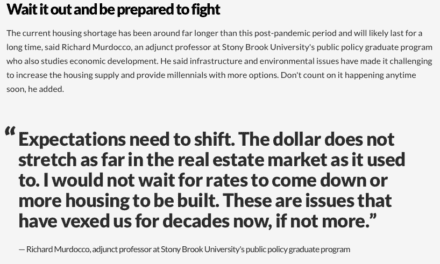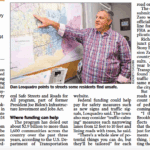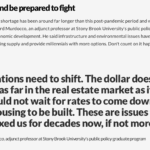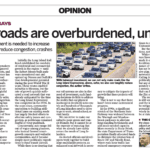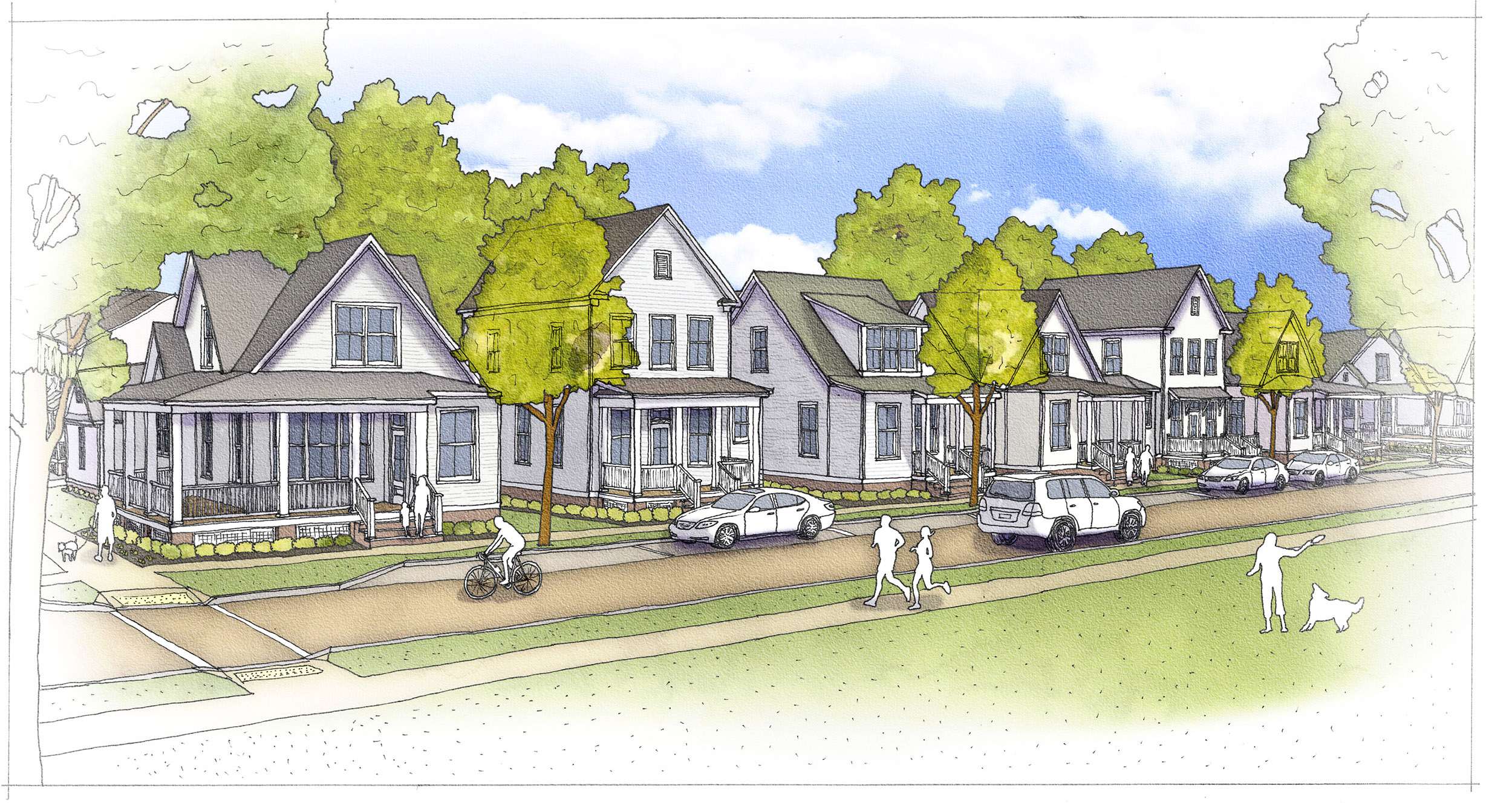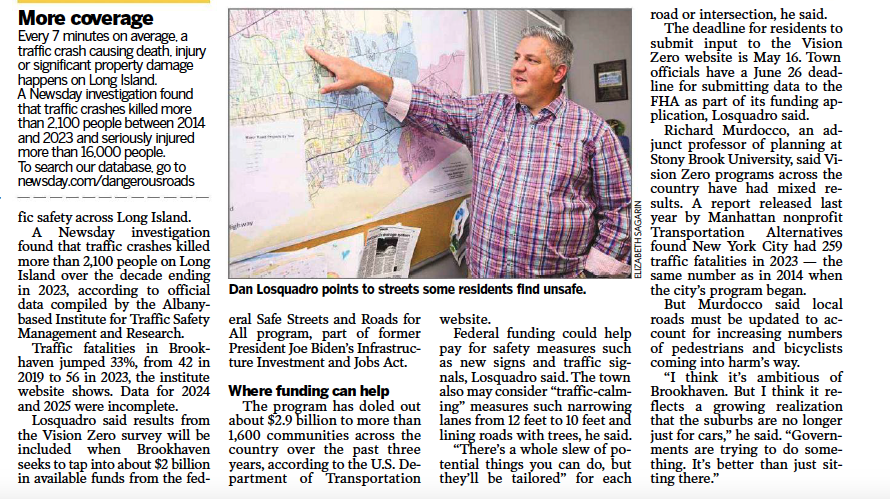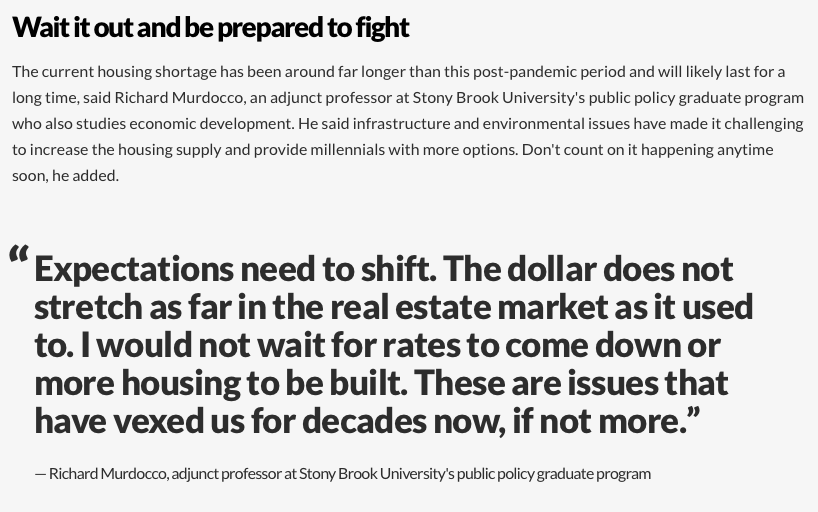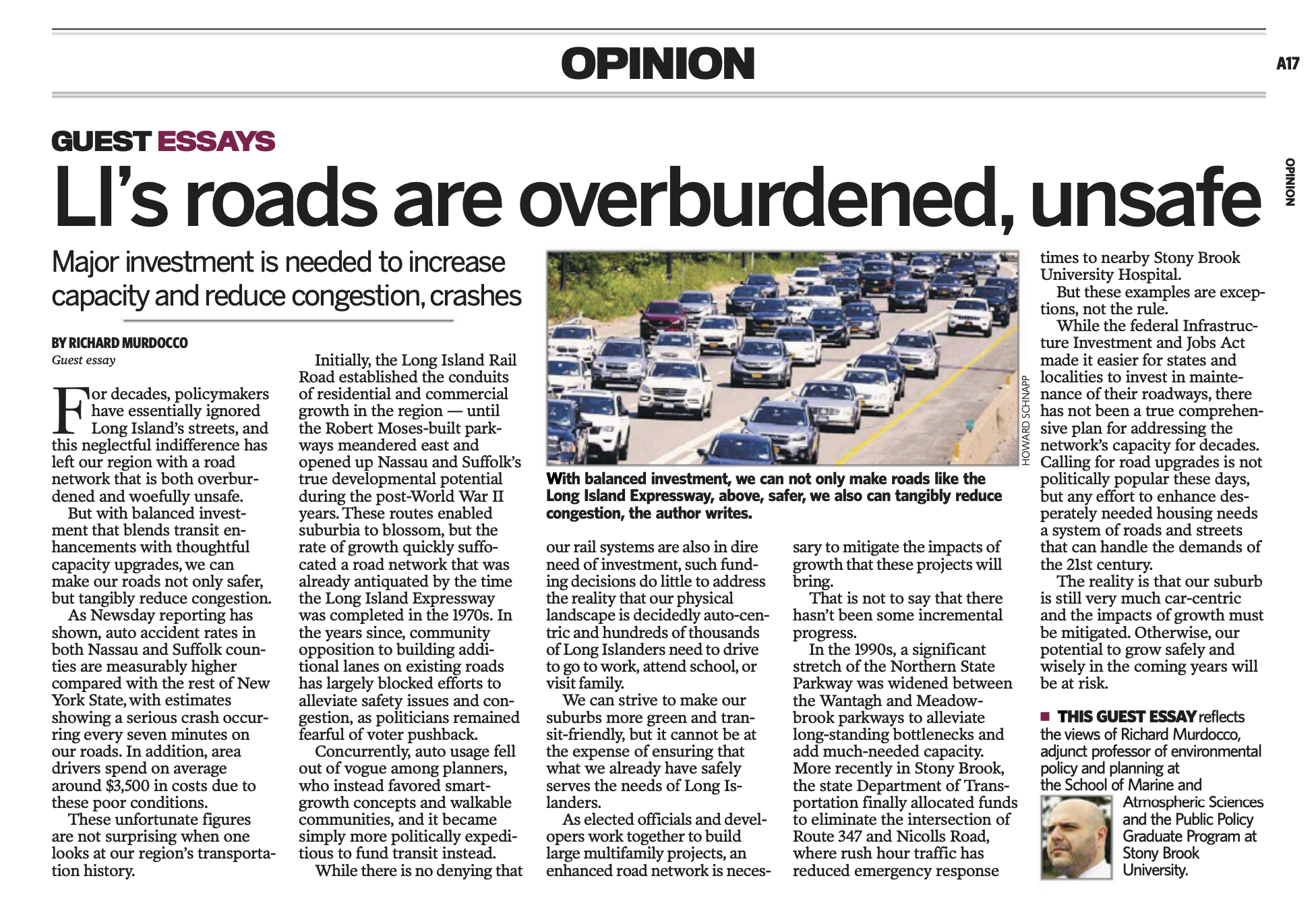The following excerpt is from an E&E News by Politico article written by both Miranda Willson, with contributions from reporters Thomas Frank and Timothy Cam, and published on December 19th, 2024. You can read the entire article with a subscription here.
The once-rare phenomenon now occurs as often as once or twice per month in parts of the South Shore, said Kevin McAllister, founder and president of the environmental nonprofit Defend H2O, based in Long Island. Some roads can become unpassable for hours.
“You might be under 6 inches of water every two weeks. That’s sea-level rise,” McAllister said.
Warmer ocean temperatures, which are linked to climate change, have also heightened the risk of extreme storms, said Richard Murdocco, an adjunct professor of public policy at Stony Brook University.
Winter nor’easters are increasingly destructive, Murdocco said. Then there’s the looming threat of a major hurricane, which was once unthinkable for Long Island, he said.
“The barrier beaches and those South Shore communities are always under constant threat, because the sands shift,” Murdocco said. “It’s a confluence of factors that amounts to a bad situation. Sea-level rise doesn’t help.”

